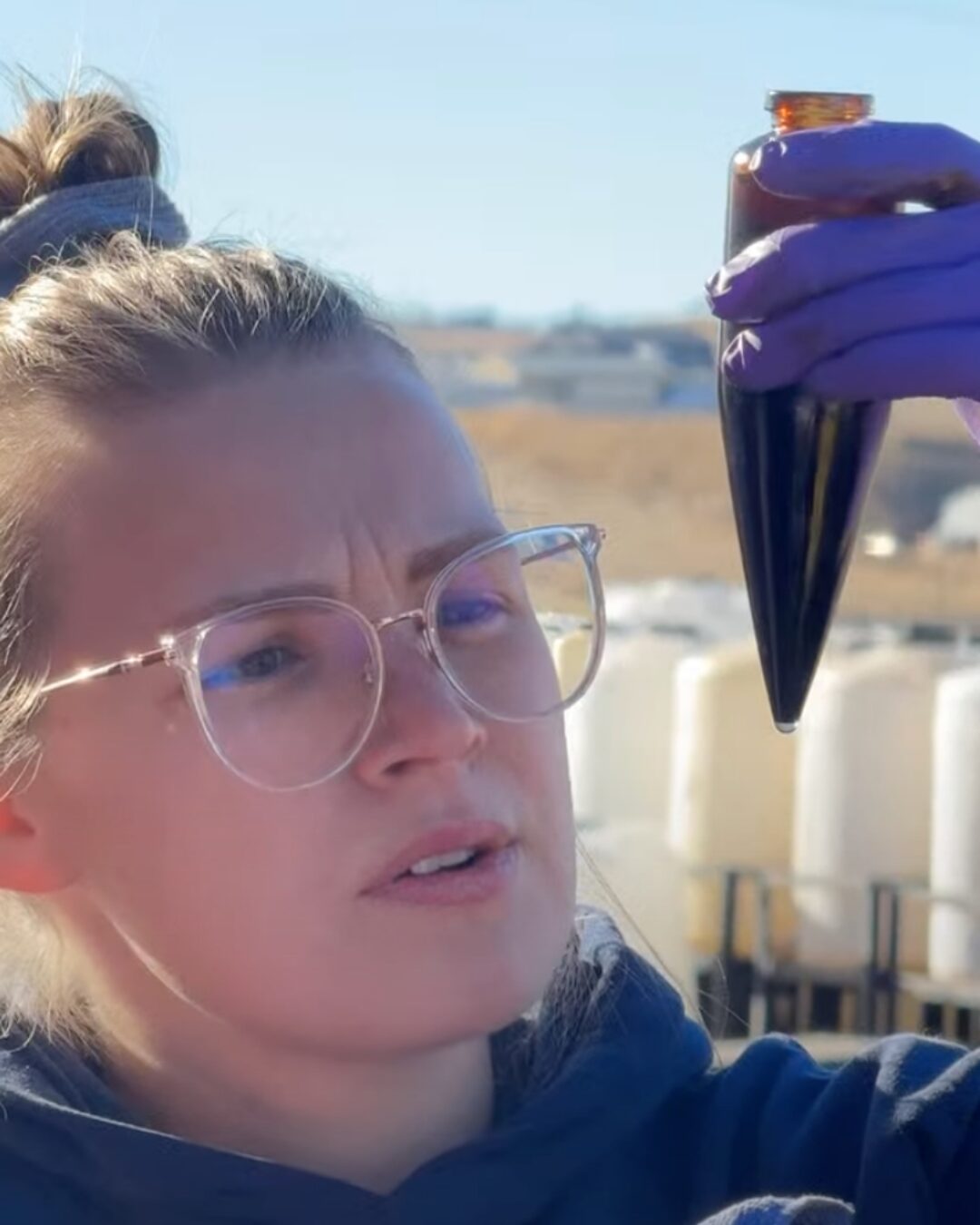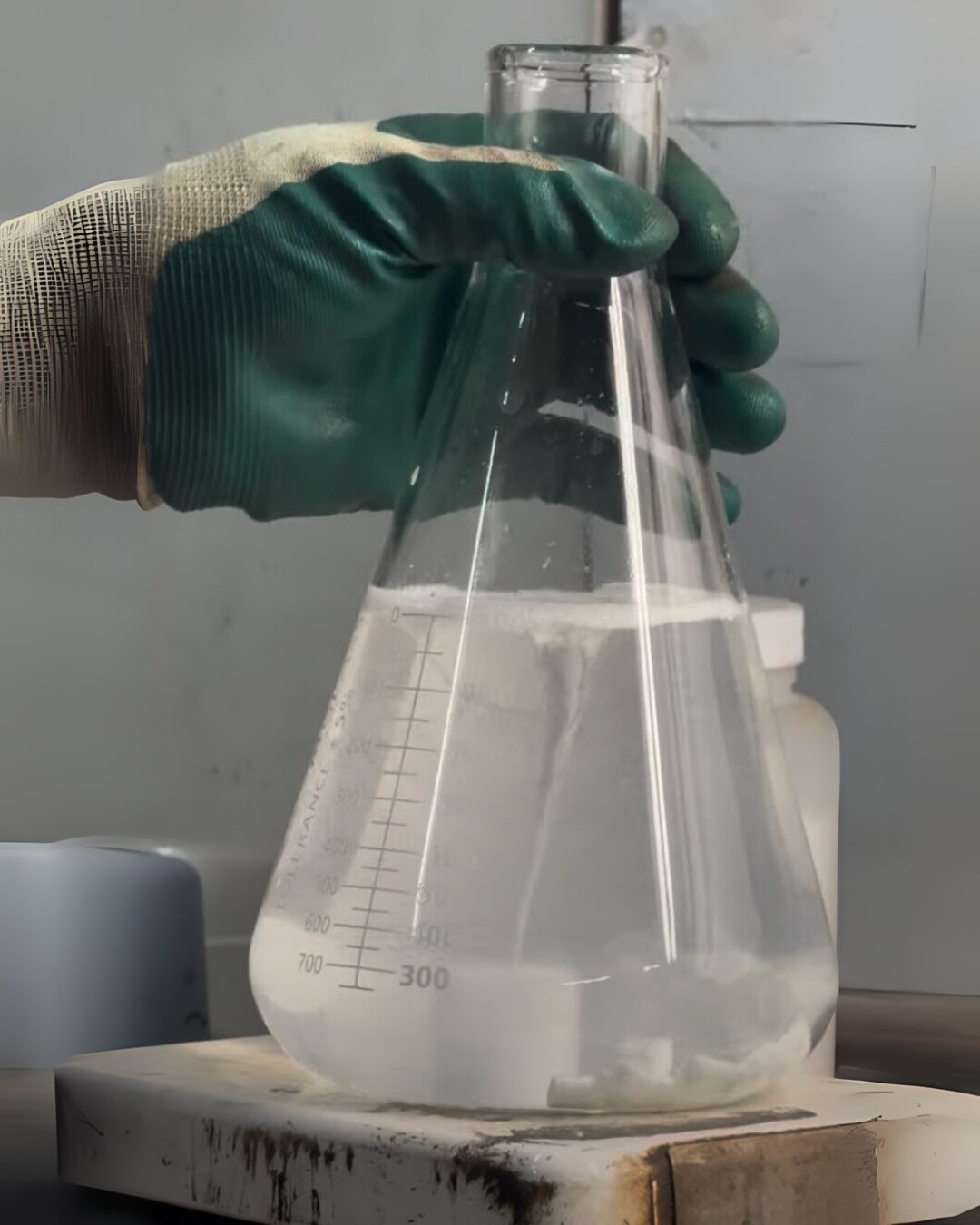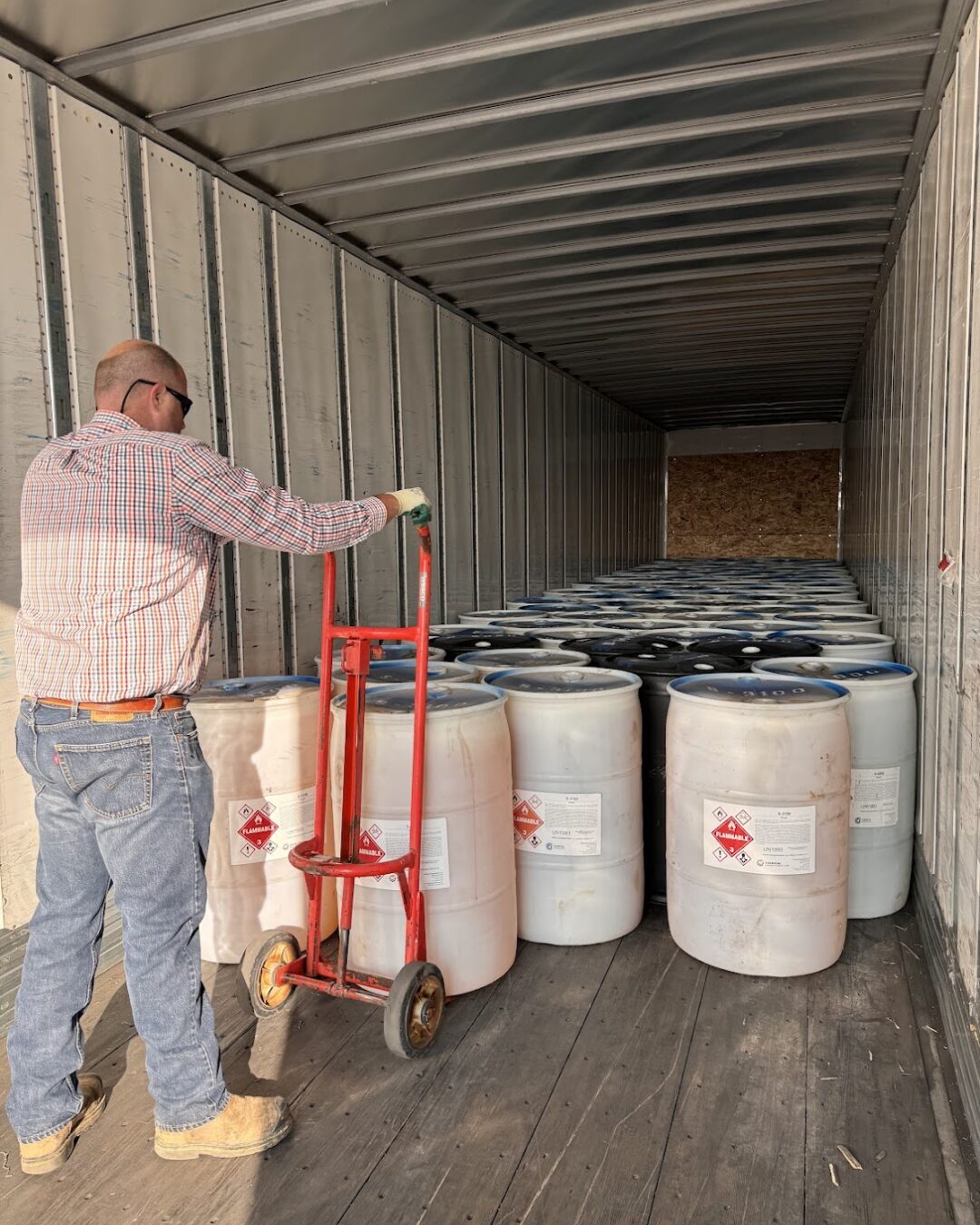

Field sampling + production data review.

Lab screens and blend for your system.

KPIs agreed up front; run and adjust.

Documented savings and roll‑out plan.
Initial Wellbore Construction Fluids, Bentonite, Emulsifiers, Biocides, Friction Reducers to support efficient drilling and stable wellbores.
FRs, surfactants, clay control, pipe on pipe, H₂S scavengers.
Outcomes: efficient pumps, better clean‑up, safer ops.
Scale & corrosion, paraffin/asphaltene, demulsifiers, biocides. Outcomes: steadier flow, fewer interventions, cleaner separation.
SRB testing, corrosion coupons, water analysis, bad‑oil response.
Outcomes: early warnings, fast fixes, less downtime.
Bench screens, compatibility, SRB incubation, corrosion coupon reports.
Outcomes: right product, right dose, verified.
Ensure chemical injection rate accuracy, delivery, commodity chemical distribution, SDS/TDS.
Outcomes: on‑time supply, simple audits.
Chemistry to support efficient drilling and stable wellbores
Chemistry to support efficient frac and clean‑up
Outcome‑focused programs for producing assets
Practical field work that keeps your program honest; simple, repeatable, and documented.
5.1 Monitoring of Sulfate Reducing Bacteria (SRB)
Sulfate Reducing Bacteria (SRB) can generate hydrogen sulfide (H₂S) and contribute to iron sulfide (FeS) formation. We collect culture samples monthly and incubate for 30 days to detect activity. If SRB are present, we recommend a targeted treatment plan to address risk quickly and safely.
You get: sample logs, lab results, and a clear treatment recommendation.
5.2 Corrosion Monitoring Using Coupons
We place sacrificial coupons in your system and pull quarterly for inspection. If corrosion is evident, coupons are cleaned and weighed in our lab to determine mils per year (mpy). While API guidance often considers up to 4.0 mpy acceptable, our internal target is roughly half that in most systems. When no pitting or weight loss is observed, coupons remain in service with visual checks; at least biannually we perform a lab weigh regardless of appearance.
You get: mpy reports, photos, and recommendations to optimize inhibitors and dosage.
5.3 Water Analysis for Scaling Tendencies
When evaluating a field—or when conditions change (e.g., waterflood)—we run water analyses to assess scaling risk for CaCO₃ and BaSO₄ (and other contributors). This informs inhibitor selection and dosage to maintain flow assurance and protect equipment.
You get: scaling indices summary and treatment recommendations.
5.4 Rapid Response to “Bad Oil”
In areas with trucked crude or LACT units, fast response is critical. Our team prioritizes bad‑oil calls to help you correct interface, treat quality issues, and minimize downtime or off‑spec penalties.
You get: on‑site assessment, corrective dosing plan, and documentation for run tickets.
Fast, practical lab work that mirrors field reality.
Execution matters. We design programs that are easy to run and easy to audit.
